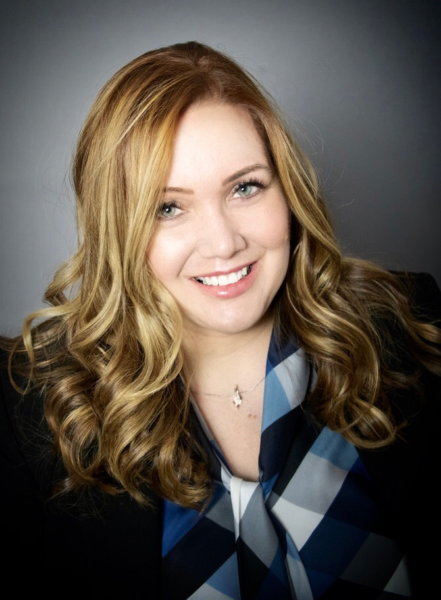
Meghann Chilcott, Senior Vice President of OrderInsite, looks at how new technology is being applied to improve accuracy and efficiency in pharmacy accounting.
The Centers for Medicare and Medicaid Services put the cost of billing and payment errors in 2017 at $36.21 billion.
Pharmacy accounting and bookkeeping is a challenging necessity. There are several hoops to jump through, including the following:
- National Council for Prescription Drug Program NCPDP) Sign-up
- Dealing with Pharmacy Benefit Managers (PBM)
- Insurance contract applications
- Obtaining prior approval, when necessary
- Billing reconciliation
Reimbursement for services rendered is of paramount importance in pharmacy revenue, and accuracy in billing is key in this effort. The essential billing and coding process can be a complex one in this industry. But happily, technological advancements are helping to ease the process. Artificial intelligence (AI) and machine learning (ML) are playing a growing role in this field.
Emerging AI and ML Applications in Billing and Coding
With more than 70,000 recognized billable codes in the medical industry, coding can be a logistical nightmare. Medical coders are tasked with analyzing records to match treatments and healthcare charges with the correct code and manually entering this data for billing purposes. It’s a detailed, time-consuming process, often subject to human error.
Computer Assisted Coding (CAC) is at the forefront in billing and coding technology. CAC uses Machine Learning (ML) and Natural Language Processing (NLP) to improve the accuracy and efficiency of the coding process. The software scans medical records, searching for specific language, terms, and phrases to help identify charges that need to be coded. It extracts the pertinent data and enters the codes into the billing system. This automates a large portion of one of the more time-consuming medical coder tasks.
Billing and Coding Challenges
Accuracy and efficiency are the two main issues medical coders face. The Centers for Medicare and Medicaid Services put the cost of billing and payment errors in 2017 at $36.21 billion. Common coding mistakes that result in inaccurate billing include:
- Entering duplicate charges
- Unbundling – replacing an all-encompassing code to several codes
- Upcoding – changing a code to represent a more serious treatment or diagnosis
Human error is responsible for this miscoding, and the emphasis on working quickly to code as many records as possible contributes to this problem. In most cases, there’s more work than workers, creating a backlog and placing renewed emphasis on quicker turnaround. It’s a vicious cycle with inherent problems.
Merging AI and ML with Human Effort
Automating some of the coding tasks may minimize human error. And because automation streamlines the process, coding is completed more quickly than when humans perform the job. It also supports a more consistent application of codes and coding rules. Reducing work hours, creating better standardization and eliminating errors generates savings to providers.
Today’s AI and ML developments are striking, but they’re not advanced enough to entirely replace coders in the medical billing field. The CAC system can help improve productivity, but it still requires human oversight and intervention. Coders must check the accuracy of records entered in a CAC system. A study by the American Health Information Management Association (AHIMA) showed a 22% time-savings for coders who used CAC software, but accuracy fell when coders failed to check CAC system records. One benefit of AI and ML applications, though, is the ability of this tech to learn from its mistakes, helping to increase accuracy over time.
Coders also benefit from the software’s analysis of their work. When a medical coder inaccurately identifies or enters data, the CAC system alerts the coder right away, allowing for real-time checks and corrections, enhancing precision and efficiency. Audits are another important part of coding, and CAC software performs these checks and self-adjusts as required. However, coder supervision and involvement is still part of the process, due to the need for human intuition and interpretation.
Automation offerings through technological advancements are valuable tools in medical billing and coding, but that’s precisely what they are – tools. AI and ML applications are playing an increasing role in this field, but this tech needs the human touch to ensure the best outcomes in medical billing and coding.



